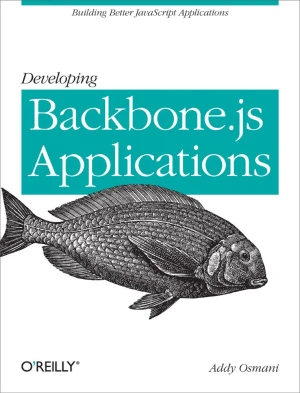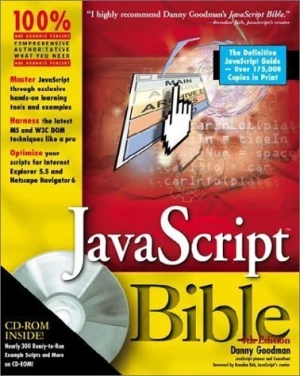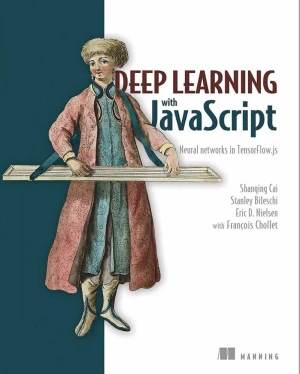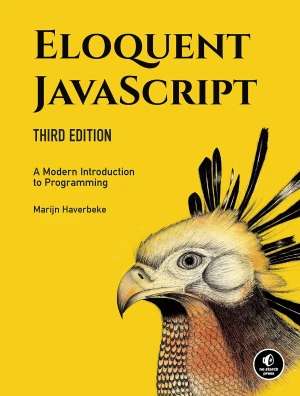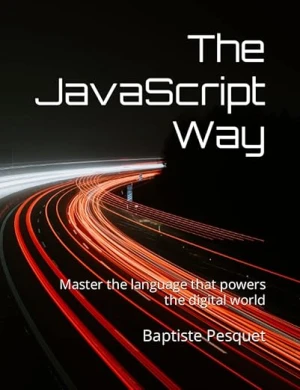Designing Scalable JavaScript Applications
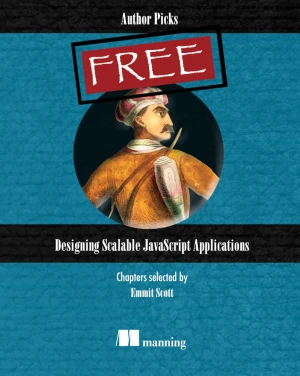
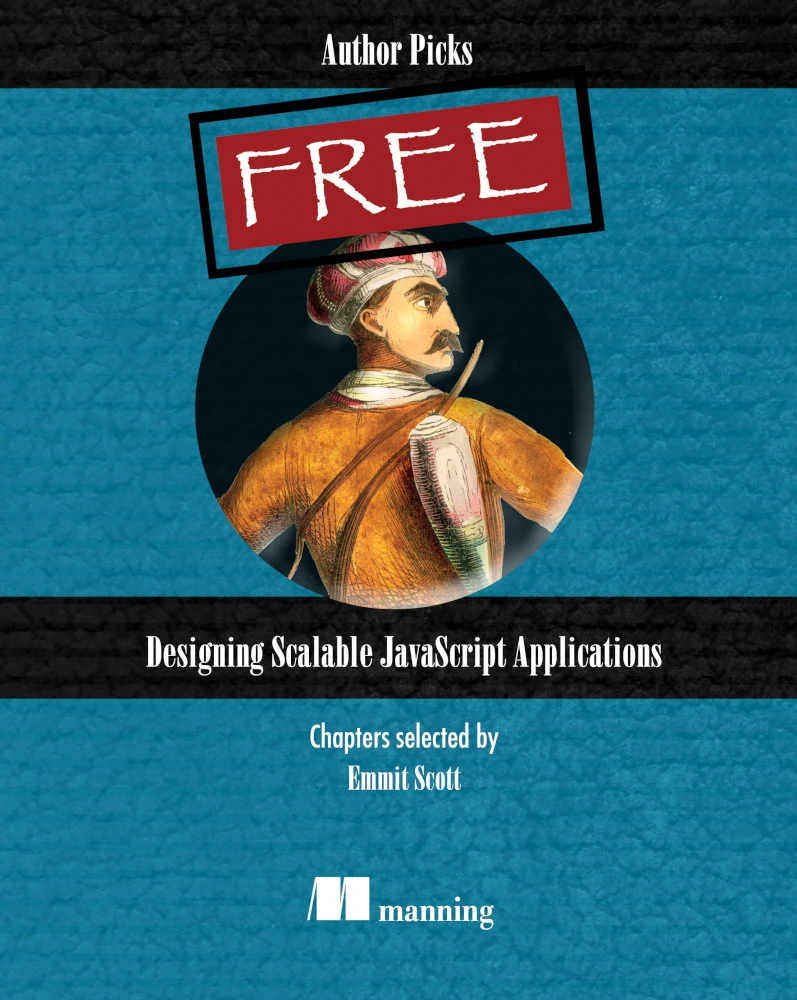
Book Details
| Author | Emmit Scott |
| Publisher | Manning |
| Published | 2016 |
| Edition | 1st |
| Paperback | 134 pages |
| Language | English |
| ISBN-13 | 9781617294174 |
| ISBN-10 | 1617294179 |
| License | Open Access |
Book Description
If you've ever written a non-trivial JavaScript application, you know that creating a code base that's easy to maintain and scales well over time is no small feat. The complexity only grows as the project becomes larger. While it's impossible to plan for every change that could possibly happen over the life of a project, you can help future-proof your front-end architecture by designing software that's pliable and easily extended. Well-designed, extensible architecture can help reduce development and maintenance costs, as bug fixes, enhancements, and new technologies can be incorporated more easily.
Designing Scalable JavaScript Applications helps you start thinking about which tools and frameworks you'll use and which design patterns you'll implement. This book brings together excerpts from four different Manning titles selected by Emmit Scott, the author of SPA Design and Architecture. These chapters are great starting points for understanding how to build better JavaScript applications. They introduce some fundamental concepts for creating clean, loosely coupled code, and show you how to make your development process more productive and efficient.
This book is published as open-access, which means it is freely available to read, download, and share without restrictions.
If you enjoyed the book and would like to support the author, you can purchase a printed copy (hardcover or paperback) from official retailers.
Download and Read Links
Share this Book
[localhost]# find . -name "*Similar_Books*"
Developing Backbone.js Applications
If you want to build your site's frontend with the single-page application (SPA) model, this hands-on book shows you how to get the job done with Backbone.js. You'll learn how to create structured JavaScript applications, using Backbone's own flavor of model-view-controller (MVC) architecture. Start with the basics of MVC, SPA, and Backbone, then g
JavaScript Bible, 4th Edition
Greatly enhanced and updated from the third edition, this is the title any JavaScripter cannot afford to be without! JavaScript Bible, 4th Edition covers the new powerful functionality JavaScript will gain with the release of new revs of Internet Explorer and Netscape Communicator. This book features essential new JS information, additional ready-t
Deep Learning with JavaScript
Deep learning has transformed the fields of computer vision, image processing, and natural language applications. Thanks to TensorFlow.js, now JavaScript developers can build deep learning apps without relying on Python or R. Deep Learning with JavaScript shows developers how they can bring DL technology to the web. Written by the main authors of t
Eloquent JavaScript, 3rd Edition
JavaScript lies at the heart of almost every modern web application, from social apps like Twitter to browser-based game frameworks like Phaser and Babylon. Though simple for beginners to pick up and play with, JavaScript is a flexible, complex language that you can use to build full-scale applications. This much anticipated and thoroughly revised
The JavaScript Way
This book is primarily designed for beginners. Having taught programming basics to hundreds of students, I tried to write it in the most friendly and accessible way possible. My goal was that no matter their background, everyone interested in programming should be able to follow along without too much difficulty. However, this book can also be usef
JavaScript Notes for Professionals
The JavaScript Notes for Professionals book is compiled from Stack Overflow Documentation, the content is written by the beautiful people at Stack Overflow.

